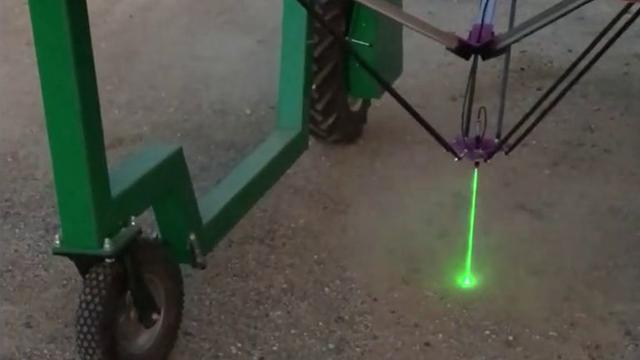3 things to consider when automating agriculture
Automating agriculture means adapting to conditions, using smart sensors, and building scalable systems.
Analyse the environment and operating conditions
Whether in the open field, greenhouse or indoor farming: every environment places different demands on technology and materials. Robust, weatherproof components (e.g. IP-protected drives, dirt-resistant guides) are essential. Vertical farms require space-saving, energy-efficient systems.
Integrate data collection and sensor technology
Smart farming thrives on data: sensors for soil moisture, light, temperature or nutrient content provide the basis for automated decisions. Robots can collect and analyse this data and take targeted action – e.g. for precise irrigation or fertilisation.
Planning for scalability and modularity
Automation must be able to grow with the business – whether it's expanding a greenhouse or scaling up a vertical farm. Systems should be modular in design so that new functions (e.g. harvesting, sorting, packaging) can be easily added.
Advantages of automation in the agricultural
Agricultural automation boosts efficiency, consistency, and data-driven decisions while reducing labor reliance.
Get your test done!
How to get started with your automation solution
To automate agriculture, start by defining your application, choosing the right components, using expert support, and ensuring smooth integration.
Define your application
Do you want to automatically water, harvest, sort or transport plants? Or are you interested in monitoring environmental parameters?
Select suitable components
On the RBTX marketplace, you will find robot arms, linear axes, sensors, camera systems and controllers – all modularly combinable and coordinated with each other.
Use tests & consulting
Use the RBTX ‘test before invest’ service to have your application tested or get advice from experts – free of charge and without obligation.
Integration & commissioning
Many systems are ‘plug & play’ and can be integrated into existing farm structures with little effort. igus offers training, support and open interfaces for easy commissioning.
RBTXpert Conclusion
In agriculture, traditional machinery often releases lubricants into the soil and water – an underestimated environmental issue. Switch to lubrication-free robotic solutions from igus, available on the RBTX marketplace. These systems operate completely dry – without oil, grease, or external lubrication. This not only protects the environment but also reduces maintenance efforts and costs. Especially in sensitive areas like greenhouses, livestock farming, or food processing, this is a real advantage. Less chemicals, less cleaning effort – and more sustainability right at the point of use.

FAQ
Frequently asked questions about automation in agriculture
 Click your date
Click your date








